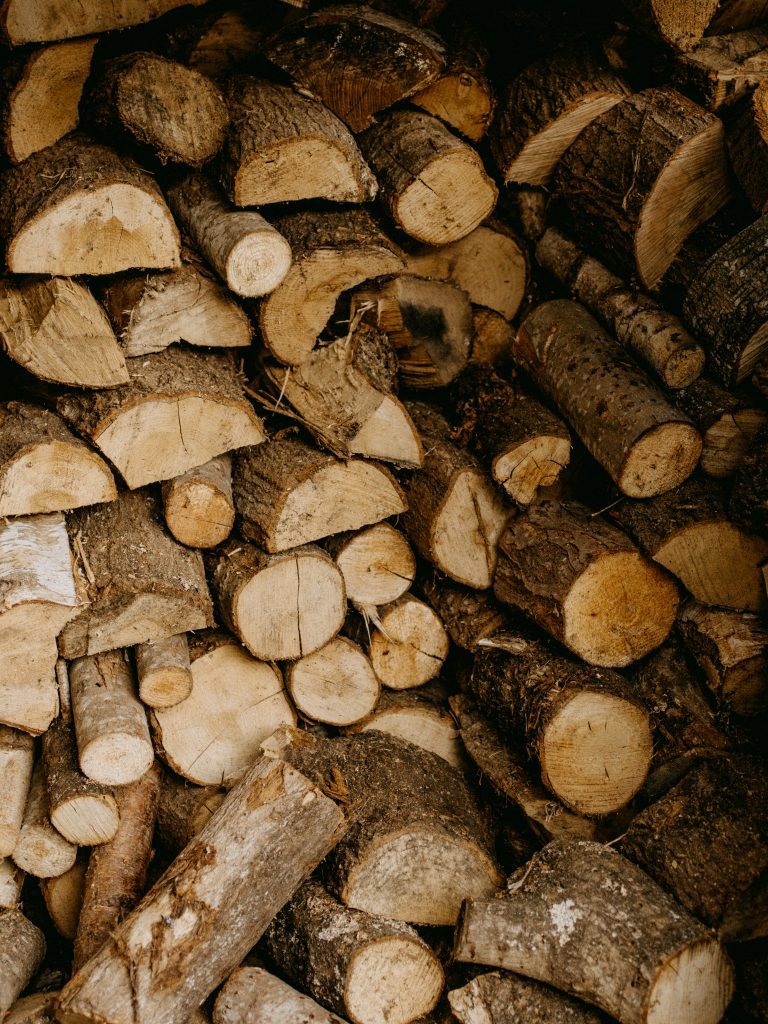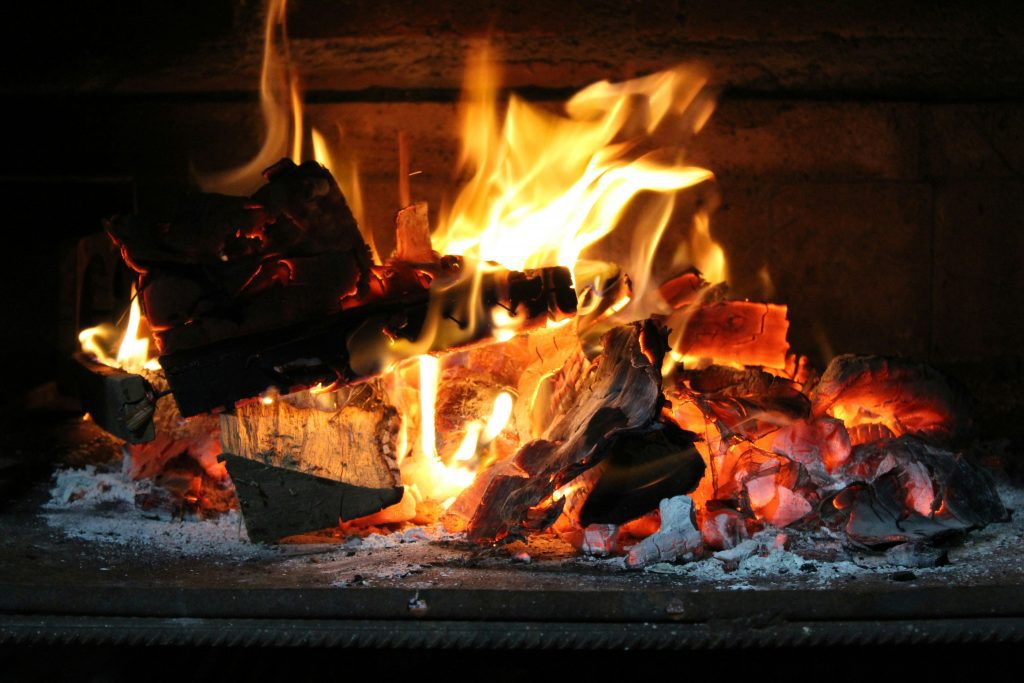As I delve into the world of firewood, I find it essential to grasp the significance of sustainability in this context. Firewood has been a primary source of heat and energy for centuries, but the way we source it can have profound implications for our environment. Unsustainable practices, such as clear-cutting forests or harvesting wood without replanting, can lead to deforestation, loss of biodiversity, and increased carbon emissions.
By understanding the importance of sustainable firewood, I can make informed choices that not only benefit my immediate needs but also contribute positively to the planet. Sustainable firewood is sourced from responsibly managed forests where trees are harvested in a way that allows for regeneration. This practice ensures that the ecosystem remains intact and that future generations can also enjoy the benefits of wood as a renewable resource.
By prioritising sustainable firewood, I am not only reducing my carbon footprint but also supporting a cycle of growth and renewal that is vital for maintaining healthy forests and ecosystems. It is a conscious choice that reflects a commitment to environmental stewardship and responsible resource management.
Summary
- Sustainable firewood is important for reducing deforestation and preserving natural habitats
- Types of sustainable firewood include hardwoods like oak and maple, and softwoods like pine and cedar
- Using sustainable firewood can reduce carbon emissions and promote healthier air quality
- Look for FSC certification or local sourcing to identify sustainable firewood
- Seasoned firewood is better for the environment as it burns more efficiently and produces less smoke and creosote
Types of Sustainable Firewood
When I consider the types of sustainable firewood available, I realise that there is a diverse range to choose from, each with its unique characteristics and benefits. Hardwoods, such as oak, ash, and beech, are often regarded as the best options for sustainable firewood due to their density and high energy content. These woods burn longer and produce more heat, making them ideal for heating homes during colder months.
Additionally, hardwoods tend to produce less smoke and fewer emissions when burned properly, which is an important consideration for air quality. On the other hand, softwoods like pine and spruce can also be sustainably sourced and have their advantages. They tend to ignite more easily and burn faster, making them excellent choices for kindling or for use in outdoor fires.
However, I must be mindful that softwoods can produce more creosote when burned, which can lead to chimney build-up if not managed properly. Understanding the different types of sustainable firewood allows me to select the best option for my specific needs while ensuring that my choices align with environmentally friendly practices.
Benefits of Using Sustainable Firewood

The benefits of using sustainable firewood extend beyond environmental considerations; they also encompass economic and social aspects. By choosing sustainable sources, I am supporting local economies and communities that rely on responsible forestry practices. This not only helps create jobs but also fosters a sense of community around shared values of sustainability and environmental responsibility.
When I purchase firewood from local suppliers who prioritise sustainability, I am contributing to a circular economy that benefits everyone involved. Moreover, using sustainable firewood can lead to improved air quality and reduced health risks associated with burning wood. When sourced responsibly and burned efficiently, sustainable firewood produces fewer pollutants compared to unsustainably harvested wood.
This means that I can enjoy the warmth and comfort of a wood fire without compromising my health or that of my family. The peace of mind that comes from knowing I am making a positive impact on both my immediate environment and the broader ecosystem is an invaluable benefit that enhances my overall experience.
How to Identify Sustainable Firewood
| Criteria | Metrics |
|---|---|
| Moisture Content | Below 20% for sustainable burning |
| Source | Locally sourced or certified sustainable forests |
| Species | Hardwood species such as oak, beech, or ash |
| Carbon Footprint | Low transportation emissions |
Identifying sustainable firewood requires a keen eye and some knowledge about forestry practices. One of the first steps I take is to inquire about the source of the firewood. Reputable suppliers should be able to provide information about where their wood comes from and how it was harvested.
Certifications from organisations such as the Forest Stewardship Council (FSC) or the Programme for the Endorsement of Forest Certification (PEFC) are indicators that the wood has been sourced sustainably. When I see these certifications, I feel more confident in my purchase. Additionally, I pay attention to the appearance and condition of the firewood itself.
Sustainable firewood should be well-seasoned, meaning it has been dried properly to reduce moisture content. This not only ensures a cleaner burn but also indicates that the wood has been handled with care throughout its lifecycle. If I notice signs of rot or excessive bark loss, it may suggest poor handling or sourcing practices.
By being vigilant and informed, I can make choices that align with my commitment to sustainability.
The debate between seasoned and green firewood is one that often arises in discussions about sustainability. Seasoned firewood has been dried for at least six months, resulting in lower moisture content and a more efficient burn. When I use seasoned wood, I find that it ignites easily and produces more heat with less smoke, making it a more environmentally friendly option.
The reduced emissions associated with burning seasoned wood contribute positively to air quality, which is an important consideration for both my health and that of my community. In contrast, green firewood contains a higher moisture content, which can lead to inefficient burning and increased smoke production. Burning green wood not only wastes energy but also releases more pollutants into the atmosphere.
While it may be tempting to use freshly cut wood, especially if it’s readily available, I have learned that opting for seasoned firewood is ultimately better for the environment. By choosing seasoned wood, I am making a conscious decision to minimise my ecological footprint while enjoying the benefits of a warm and inviting fire.
Sustainable Firewood Alternatives to Consider
As I explore sustainable firewood options, I discover several alternatives that can complement or even replace traditional wood burning in certain situations. One such alternative is biomass pellets made from compressed sawdust and wood shavings. These pellets are produced from waste materials generated by the timber industry, making them an eco-friendly choice that utilises resources efficiently.
When I use biomass pellets in a specially designed stove or fireplace, I benefit from a clean-burning fuel source that produces minimal emissions. Another alternative worth considering is using agricultural residues or by-products as fuel. Materials such as corn cobs, wheat straw, or even coconut husks can serve as effective substitutes for traditional firewood.
These options not only reduce waste but also promote a circular economy by repurposing materials that would otherwise be discarded. By exploring these alternatives, I can diversify my energy sources while remaining committed to sustainable practices.
Tips for Storing and Seasoning Firewood

Proper storage and seasoning of firewood are crucial steps in ensuring its sustainability and efficiency when burned. When I store firewood, I make sure to keep it off the ground using pallets or racks to prevent moisture absorption from soil contact. This simple practice helps maintain the quality of the wood and reduces the risk of rot or insect infestation.
Additionally, I ensure that my firewood is stacked in a way that allows for good airflow around the logs; this promotes drying and helps season the wood effectively. Seasoning firewood requires patience but pays off in the long run. Ideally, I aim to season my firewood for at least six months before use, allowing it to dry out completely.
If possible, I store my firewood in a sunny location with good ventilation to expedite the drying process. Covering the top of the stack with a tarp can protect it from rain while still allowing moisture to escape from the sides. By following these tips for storing and seasoning firewood, I can ensure that my fuel source is both efficient and environmentally friendly.
The Environmental Impact of Unsustainable Firewood
The environmental impact of unsustainable firewood practices cannot be overstated. When trees are harvested irresponsibly—such as through clear-cutting—entire ecosystems can be disrupted. This leads to habitat loss for countless species and contributes to soil erosion and degradation.
As someone who values nature, it pains me to think about how these practices threaten biodiversity and compromise the health of our forests. Moreover, unsustainable firewood contributes significantly to climate change through increased carbon emissions. When trees are cut down without proper replanting efforts, not only is carbon storage capacity diminished but also carbon stored in trees is released back into the atmosphere when they are burned or left to decay.
This cycle exacerbates global warming and poses serious risks to our planet’s future. By understanding these impacts, I am motivated to advocate for sustainable practices in my own life and encourage others to do the same.
Supporting Local and Ethical Firewood Suppliers
Supporting local and ethical firewood suppliers is an integral part of my commitment to sustainability. When I choose to purchase firewood from local sources, I am not only reducing transportation emissions but also contributing directly to my community’s economy. Local suppliers often have a vested interest in maintaining sustainable practices because their livelihoods depend on healthy forests and ecosystems.
I take time to research suppliers who prioritise ethical sourcing methods and demonstrate transparency in their operations. Engaging with these suppliers allows me to ask questions about their practices and gain insights into how they manage their resources sustainably. By fostering relationships with local providers who share my values, I feel empowered to make choices that align with my commitment to environmental stewardship while supporting those who are dedicated to preserving our natural resources.
Sustainable Firewood for Cooking and Heating
Sustainable firewood plays a vital role not only in heating homes but also in cooking delicious meals over an open flame or in wood-fired ovens. When I choose sustainable wood for cooking purposes, I ensure that my culinary experiences are both enjoyable and environmentally responsible. Hardwoods like oak or hickory impart unique flavours to food when used as fuel for grilling or smoking meats, enhancing the overall dining experience while adhering to sustainable practices.
In addition to flavour considerations, using sustainable firewood for cooking aligns with my values regarding health and safety. Clean-burning wood produces fewer harmful emissions compared to unsustainably sourced alternatives, making it a healthier choice for indoor cooking environments as well. By prioritising sustainable firewood in both heating and cooking applications, I can enjoy the warmth of a wood fire while knowing that my choices contribute positively to both my health and the environment.

Promoting Sustainable Firewood Practices in Your Community
Promoting sustainable firewood practices within my community is an endeavour close to my heart. By sharing knowledge about the importance of sustainability in sourcing firewood, I can inspire others to make informed choices that benefit our environment collectively. Organising workshops or informational sessions on identifying sustainable firewood sources can empower community members with the tools they need to make responsible decisions.
Additionally, collaborating with local environmental organisations allows me to amplify our message about sustainable forestry practices further afield. Together, we can advocate for policies that support responsible land management and raise awareness about the consequences of unsustainable practices on our ecosystems. By fostering a culture of sustainability within my community, I hope to create lasting change that encourages everyone to consider their impact on our planet when it comes to sourcing firewood.
In conclusion, embracing sustainable firewood practices is not just an individual choice; it is a collective responsibility that we all share in safeguarding our environment for future generations. Through informed decisions about sourcing, using alternatives when necessary, supporting local suppliers, and promoting awareness within our communities, we can contribute positively towards creating a more sustainable future—one log at a time.
As the crisp autumn air sets in, many homeowners are seeking sustainable firewood options to keep their homes warm while minimising their environmental impact. An insightful article that complements this topic is Building a Greener Future: The Rise of Environmentally Friendly Homes. This piece explores various eco-friendly practices and innovations that can be integrated into home design, including efficient heating solutions that align with sustainable living principles. By considering both sustainable firewood and broader eco-friendly home strategies, individuals can significantly reduce their carbon footprint and contribute to a healthier planet.
FAQs
What are sustainable firewood options for autumn?
Sustainable firewood options for autumn are types of wood that are sourced responsibly and do not contribute to deforestation or environmental degradation. These options include wood from managed forests, fallen or dead trees, and fast-growing tree species.
Why is it important to choose sustainable firewood options?
Choosing sustainable firewood options is important to reduce the impact on the environment and promote responsible forestry practices. It helps to preserve natural habitats, maintain biodiversity, and mitigate climate change.
What are some examples of sustainable firewood options?
Examples of sustainable firewood options include hardwoods such as oak, ash, and beech from managed forests, as well as softwoods like pine and spruce from sustainable sources. Additionally, using wood from fallen or dead trees and fast-growing tree species such as willow and poplar are also sustainable options.
How can I ensure that the firewood I purchase is sustainable?
To ensure that the firewood you purchase is sustainable, look for certifications such as FSC (Forest Stewardship Council) or PEFC (Programme for the Endorsement of Forest Certification). These certifications indicate that the wood has been sourced from responsibly managed forests.
What are the benefits of using sustainable firewood options?
Using sustainable firewood options helps to support responsible forestry practices, reduce carbon emissions, and minimise the impact on natural ecosystems. It also promotes the use of renewable and environmentally friendly fuel sources for heating and cooking.


